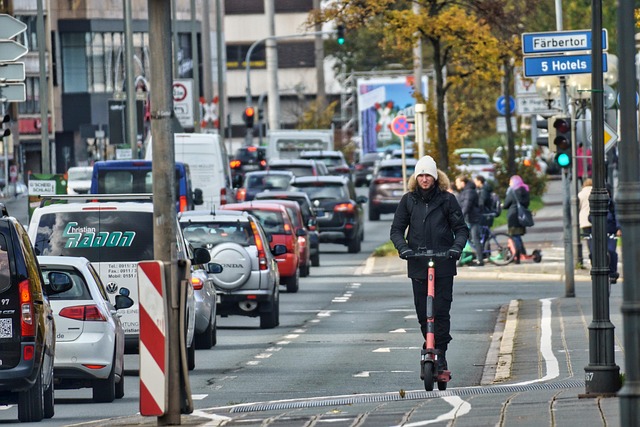Navigating Rural Development: Transport Sustainability and Infrastructure in Mobility
Rural infrastructure plays a pivotal role in shaping the quality of life for communities outside urban centers. As the world increasingly focuses on sustainable development, the need for efficient and environmentally friendly transport systems in rural areas has never been more urgent. By prioritizing transport sustainability, we can empower rural communities, bolster local economies, and create a more inclusive and connected society.
Transport sustainability encompasses various aspects, including the development of eco-friendly transportation modes, enhancement of local accessibility, and the transition to renewable energy sources. In rural areas, where traditional transport systems may be lacking, the potential for innovative solutions is immense. From promoting cycling and walking paths to investing in electric vehicle charging stations, the strategies for sustainable rural transport are diverse and impactful.
One of the key challenges in rural development is the often inadequate infrastructure. Many rural regions face poorly maintained roads, limited public transport options, and a lack of essential services such as healthcare and education, which can be exacerbated by geographical isolation. By investing in rural infrastructure, communities can significantly reduce travel times and improve access to opportunities. The enhancement of transport networks not only facilitates the movement of goods and services but also fosters social interactions and community engagement.
The integration of smart technology is another significant aspect that can transform rural mobility. Implementing data-driven solutions can lead to more efficient public transport options tailored to the unique needs of rural residents. Innovations like ride-sharing apps or on-demand shuttle services can provide flexible transportation while reducing environmental footprints. This modern approach to rural infrastructure promotes sustainability while addressing the practical needs of residents.
Moreover, collaboration among government agencies, non-profit organizations, and local stakeholders is crucial for successful rural development initiatives. Engaging the community in transport planning ensures that their voices are heard, and their needs are met effectively. By prioritizing local input, rural infrastructure projects can be tailored to serve the specific contexts and cultures of these communities, ultimately enhancing acceptance and long-term viability.
As we navigate the complexities of rural development, it is essential to understand that sustainable transport is not merely a luxury but a necessity for fostering resilient, thriving communities. By creating sustainable infrastructure solutions that cater to rural areas, we can pave the way towards more equitable and accessible mobility for all.



